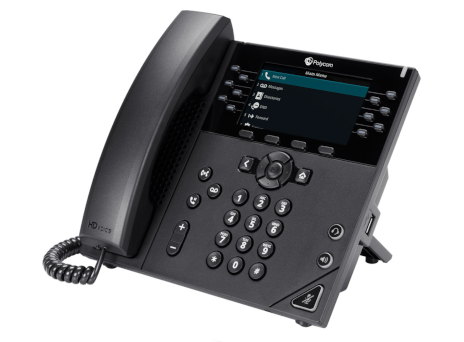'Pandemic Proofing' - it's a thing. Here are 8 ways you can set yourself up for success in the event of the unforeseen.

I think it is safe to say that no one was 100% prepared for this pandemic to happen. At first, many of us were simply getting by, hoping that the storm would pass quickly and that no major (or costly) changes to our policies or infrastructure would need to be made. Now months into the pandemic, many of us feel that we’ve “leveled up” our work from home game.
Still, as restrictions begin to lift and more policies are issued that outline our return to the office, there may be some considering a continuance of their work from home policy. With that in mind, we have compiled a list of items that should be put in place to ‘Pandemic Proof’ your business.
1. Computers
Whether you work on a laptop or prefer a desktop, it is essential that you have the ability to take your workstation home with you. This might be done virtually, via a cloud Desktop, or literally, via the use of a laptop with VPN access to the office. Ensuring safe access in this way will give you access to all the information you store on your desktop computer in the event you should need to leave the office.
2. Cloud File Storage ☁️
Make sure all employees within the company use the cloud for file storage. During a pandemic that restricts you from going to the office, you are unable to obtain files that are stored locally on an employee’s desktop computer. Using cloud file storage and backup guarantees your files and folders are safe and easily accessible.
3. Understanding Technology
It is vital to confirm that all employees know how to set up the technology they are using. Unfortunately, many of us have realized how much we rely on support to solve relatively simple issues. For example, if an employee can successfully set up their workstation and understand what cords plug in where, several support calls will be avoided.
Companies should not only train their employees on how to use their equipment, but also provide handbooks with step-by-step instructions. The manuals could contain labeled pictures, diagrams, quick troubleshooting options, etc. A well populated handbook will further reduce the number of calls to support.
4. Sickness Protocol
Many employees are afraid to call in sick for fear that they will lose their job, get in trouble, or fall behind on their tasks. And although seasonal colds are quite common, many employees will be hesitant to work around a coughing and sneezing colleague thanks to COVID-19.
Proactively communicate with your employees to ensure they do not feel penalized for missing a day or two due to illness. When possible, employees should also have the option to work from home if they are feeling ill or developing symptoms, but are still able to work productively from home.
5. Communication
Regular communication is key, but even more important when your employees are not visible to one another in the office. To ensure your employees can contact one another, they should have a unified communication mobile application on their cellphones. Installing a mobile UC app makes it possible to work on the go and communicate from anywhere.
Learn about i-Communicate G3’s mobile UC application here!
6. Headsets
Not everyone has a dedicated space in their homes for an office. Many have taken over the playroom, garage, or even the kitchen table to make due, but none of these options are long term solutions. All employees should have a headset that is compatible with their unified communications desktop application (so they can use it as a Softphone) or their mobile phone (when used with the mobile UC application). A headset will eliminate the need for a VoIP desk phone at home, and make hands free work such as typing or writing, easy.
7. Video Conferencing
The COVID-19 pandemic has left numerous people alone and quarantined to their homes. Face-to-face interaction is becoming a necessity for sanity as well as to establish a more personal connection to customers. Providing your team with video conferencing software will allow them to conduct ‘business as usual’ and meet virtually.
Learn about i-Communicate G3’s video conference capabilities here!
8. Work from Home Options
Allow employees the option (if they can) to work from home at least a few days per week. This way, working remotely in the future won’t come as a cultural shock, and employees can navigate a schedule that works best for them. In addition, these policies can help you to find better candidates for open positions. Autonomous work environments and flexibility within the workplace are extremely important to young professionals entering the workforce.
If you are interested in learning more I-Evolve’s Remote Work Tool Kit, click here or send us an email at sales@i-evolve.com .








